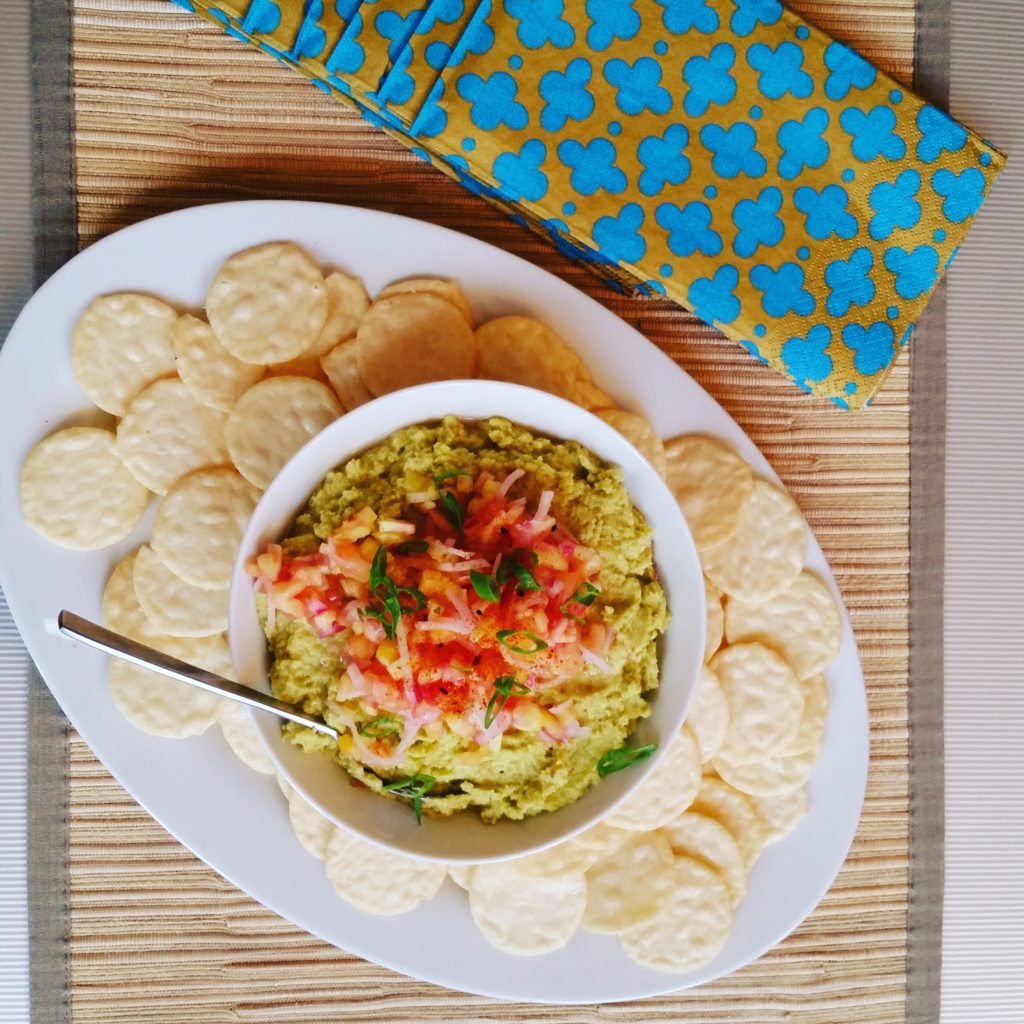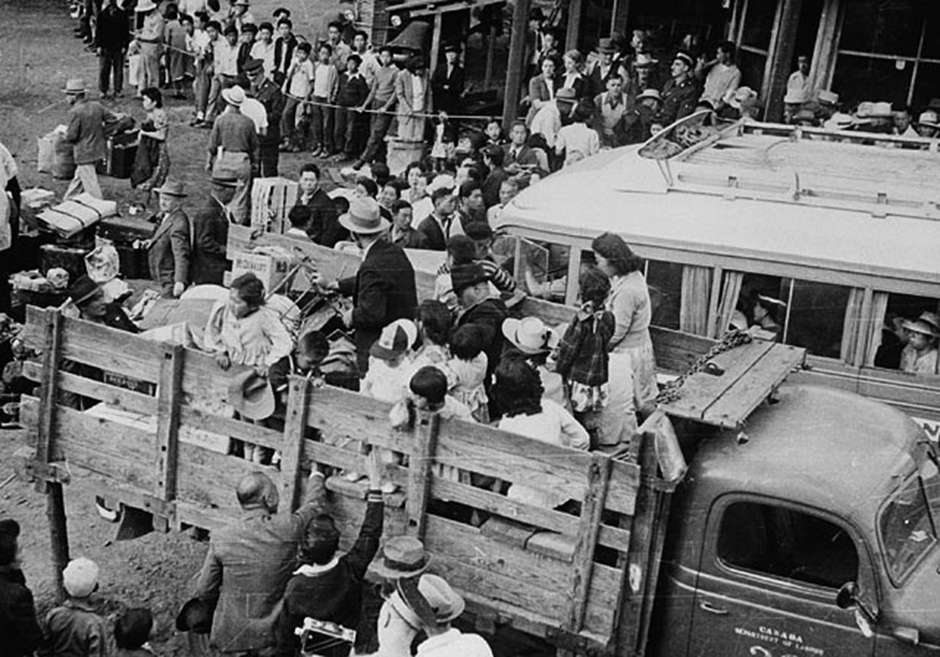
Day 5: Getting Grounded
We did not get on the road, we did not have to rush to get out, we did not have green eggs and ham. Instead, in the morning, we went for a walk with Angela’s parents to Starbucks on Broadway and back. It was a lovely crisp fall day.
We started with the local farmer’s market, which I always love in any city or town. We spent time with a few vendors, in particular the “Ginger Lady” and her concoctions from teas and salad dressings to drinks and juices, with concentrated ginger as the basis. We visited the Floating Gardens stand with a variety of organic greens, micro greens, herbs and produce. Afterwards, we went to the farm itself in Osler, north of Saskatoon. Angela’s mom Sylvia has been friends with Ruth, the owner of the farmland, since they were in college in the 1970s, some 46 years. She invited us for lunch.
We were greeted warmly by Ruth and Wilf, her husband, Anna, their grand daughter of four years old and Bourbon, a beautiful coon dog of eight years. Wilf and Ruth have been married for 48 years and are Mennonites. They have been farming the land they are on for some 40 years, the area having a high population of Mennonites.
Anna wanted to take us for a tour of the farm and Floating Gardens right away. Judging by her outfit of striped tights and pink flowered dress, I loved her right away. The outfit matched her spunky and happy spirit. She was the perfect guide. Her grandpa Wilf accompanied us to provide commentary and carry her when needed.
The Floating Gardens is a half-acre farm of hydroponic greenhouses created by Ruth and Wilf’s daughter and son some five to six years ago. Ruth’s daughter and her husband, a talented artist, and their daughter Anna live on the farm property.
In the greenhouses, which run year round, they grow everything from greens, micro greens (a favourite of chefs), edible flowers (another chef favourite), herbs and produce from eggplant and cucumbers to tomatoes with vines that are 30-40 feet long and are twisted around at the bottom. There is even a papaya tree and Anna insisted we pick one of the ripe papaya.
Wilf said the heirloom tomatoes they grow can only be sold locally because tomatoes to be shipped must pass the test of being dropped from five feet and not crushing. Well, that explains the lack of taste and rubbery feeling of tomatoes in super markets that I hate. It bothers me that the criteria of food is appearance and transportability and taste and nutritional value are farther behind. Another reason to buy local!
The plants are fed through water with natural nutrients that they carefully control and growth is five times faster than using soil. There are no pesticides used, instead they use special plants and techniques to control the bugs. The produce is organic but not certified as is the case of many farms I’ve come across, and that is another topic perhaps deserving of a post on its own.
Wilf said that the biggest challenge is light in the winter than heat, though that is a big issue too. They pipe in carbon dioxide that helps compensate with light heat. There are water pipes to heat the greenhouse, 21 C in the day and 19 C at night, through a carbon neutral heating system. The heating system has boilers that is fed by a machine that grinds up pallets and other found wood.
Ruth and Wilf’s spread for lunch was amazing, including lots of fresh greens and other produce from their greenhouses of course, and home-made dishes including borscht with lots of dill, which Angela loves, sauerkraut, cucumber relish, a sour cherry dressing, babaganoush and freshly baked buns. For dessert there were Preshkor, pastries with local fruit and berries, and cream cookies. It was the best farm to table food that I had for a long time and it was definitely prepared with a lot of love. I am grateful, thank you!
I spoke with Ruth and found we had many things in common. First of all, our love of leftovers and not letting things go to waste (that’s how she started making babaganoush to use up the eggplant that was not sold), using one thing for another, such as using the water from boiling potatoes for soups. And our love of local food made at home and concern about the processed food that people and kids are eating these days.
Afterwards, we stopped at a local farm to pick up some berries. I was introduced to a Saskatchewan berry called ___that looks like a black bean and was delicious. There were two large gorgeous dogs there, which is important to me because I love dogs and was able to give and receive love from them.
Then, we dropped by a big 10,000 Villages store, which is run by the Mennonite Central Committee and volunteers. I have been in the stores in Ottawa and Toronto and hadn’t realized it started in Saskatoon and by the Mennonites. I love all the fair trade organic goods and how the proceeds help people here and countries around the world.
We had a great family dinner at Angela’s parents place, including Sylvia’s home made soup with harvest from Bob’s garden that Angela talked about fondly in the car. Sylvia’s soup is one of the foods that reminds Angela of her of her mom, home and comfort and after tasting it, I know why. If you happen to read this Sylvia and Bob, my heartfelt thanks for your warm hospitality, generousity and making me feel at home. There is no better feeling when we are in travelling than we are made to feel at home in the company in others.






0 Comments